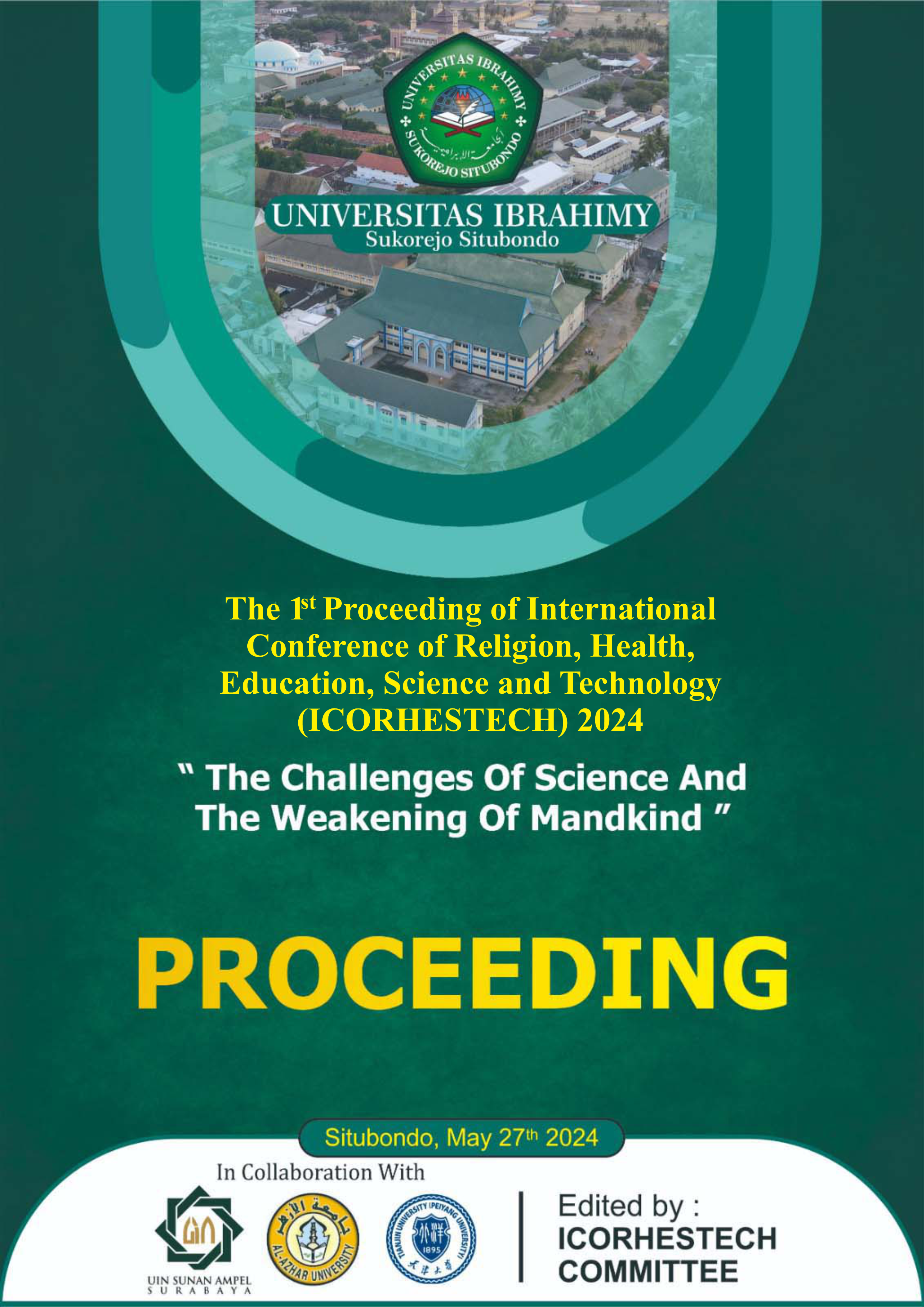Diverse Experiences with Educational Aids and Practicum Equipment: Perspective of Nalanda Buddhist College's Students
Abstract
Educational aids and practicum equipment are critical for providing quality instruction. This study aims to examine the experiences of second-year students pursuing a degree in Buddhist Religious Education and taking the Learning Media Course. The researcher's objective is to comprehend the influence of educational aids and practicum equipment on the learning process. This study utilized a case study methodology, specifically employing the classroom research approach, to gather data from 36 student forum posts on Google Classroom. The students created these posts after participating in asynchronous lectures that included a teaching module and three audio recordings. The researcher employed a qualitative descriptive analysis to present the primary thematic discoveries derived from the data. The data reveals that students had diverse encounters with educational aids and practicum equipment. Nonetheless, every student has demonstrated the ability to contemplate their learning process by using these instructional tools. The findings of this study offer a profound understanding of how the use of instructional media impacts students' learning encounters within the context of Buddhist education. This study has the potential to enhance the creation of more effective pedagogical approaches focused on student experiences.
References
APA. (2019). APA Manual Publication (7th Ed.). In Psychological Review (Vol. 126, Issue 1).
Chernetsov, A., Shamayeva, O., & Mikhailov, G. (2022). Improve the Reliability of the Organization’s Resources to Support Remote Education Services. 2022 6th International Conference on Information Technologies in Engineering Education, Inforino 2022 - Proceedings, 1–4. https://doi.org/10.1109/Inforino53888.2022.9783000
Datta, S. (2023). Using Kolb’s Experiential Learning in Agile Software Development Course. IEEE Global Engineering Education Conference, EDUCON, 2023-May, 1–3. https://doi.org/10.1109/EDUCON54358.2023.10125125
Firda, & Khoirul Anam. (2022). Implementation of Gagne’s Nine Events on Islamic Education Subjects at SDN Tamansari 03 Wuluhan Jember. Journal of Scientific Research, Education, and Technology (JSRET), 1(2), 109–118. https://doi.org/10.58526/jsret.v1i2.19
Gagné, R. M. (2013). Instructional technology: Foundations. In Instructional Technology: Foundations. https://doi.org/10.4324/9781315060248
Goldberd H D Sinaga, Mariana Br Surbakti, Morianus Gowasa, Juliper Nainggolan, Hebron Pardede, & Parlindungan Sitorus. (2023). The Effect of Practicum Tools with Differentiated Learning Strategies on Student Learning Outcomes. Jurnal Pendidikan Fisika Dan Teknologi, 9(2), 197–204. https://doi.org/10.29303/jpft.v9i2.5405
Hasanah Lubis, L., Febriani, B., Fitra Yana, R., Azhar, A., & Darajat, M. (2023). The Use of Learning Media and its Effect on Improving the Quality of Student Learning Outcomes. International Journal Of Education, Social Studies, and Management (IJESSM), 3(2), 7–14. https://doi.org/10.52121/ijessm.v3i2.148
Hasbullah. (2020). Pemikiran Kritis John Dewey Tentang Pendidikan (Dalam Perspektif Kajian Filosofis). Tarbiyah Islamiyah: Jurnal Ilmiah Pendidikan Agama Islam, 10(1).
Irwansyah, I. (2021). Efektivitas Penerapan Alat Peraga Aktual Terhadap Hasil Belajar Fisika Pada Materi Pengukuran. Lensa, 15(2), 46–52. https://doi.org/10.58872/lensa.v15i2.14
Kholid, M. N., Sa’dijah, C., Hidayanto, E., & Permadi, H. (2020). How are students’ reflective thinking for problem solving? Journal for the Education of Gifted Young Scientists, 8(3), 1135–1146. https://doi.org/10.17478/JEGYS.688210
Kolb, D. A., & Kolb, A. Y. (2009). Experiential Learning Theory: A Dynamic, Holistic Approach to Management Learning, Education and Development. In The SAGE Handbook of Management Learning (Issue June, pp. 42–68).
LaPan, C. (2013). Review of QDA Miner. Social Science Computer Review, 31(6), 774–778. https://doi.org/10.1177/0894439313492711
Newman, S., & Latifi, A. (2021). Vygotsky, education, and teacher education. Journal of Education for Teaching, 47(1), 4–17. https://doi.org/10.1080/02607476.2020.1831375
Tazkia, S. R., & Suherman, A. (2016). Optimalisasi Fasilitas Alat Praktik untuk Mencapai Tuntutan Kompetensi Siswa SMK. Journal of Mechanical Engineering Education, 3(2), 263–269. https://doi.org/10.17509/jmee.v3i2.4560
The, H. Y., & Latifah, N. (2019). Pembelajaran Dengan Pengalaman Langsung dan Efikasi Diri Mahasiswa dalam Menulis Karya Ilmiah. Metalingua: Jurnal Penelitian Bahasa, 16(2), 201–210. https://doi.org/10.26499/metalingua.v16i2.279
Tri Anjani, R., Pravitasari, D., & Rosa Sinensis, A. (2022). Pengaruh Penggunaan Alat Peraga Dakota terhadap Hasil Belajar. FingeR: Journal of Elementary School, 1(2), 108–116. https://doi.org/10.30599/finger.v1i2.160
Truong, M. T., Elen, J., & Clarebout, G. (2019). Implementing Merrill’s first principles of instruction: Practice and identification. Journal of Educational and Instructional Studies in the World, 9(2), 14–28.
Williams, M. K. (2017). John Dewey in the 21st century. Journal of Inquiry and Action in Education, 9(1).
Copyright (c) 2024 Hery Yanto The

This work is licensed under a Creative Commons Attribution-ShareAlike 4.0 International License.








